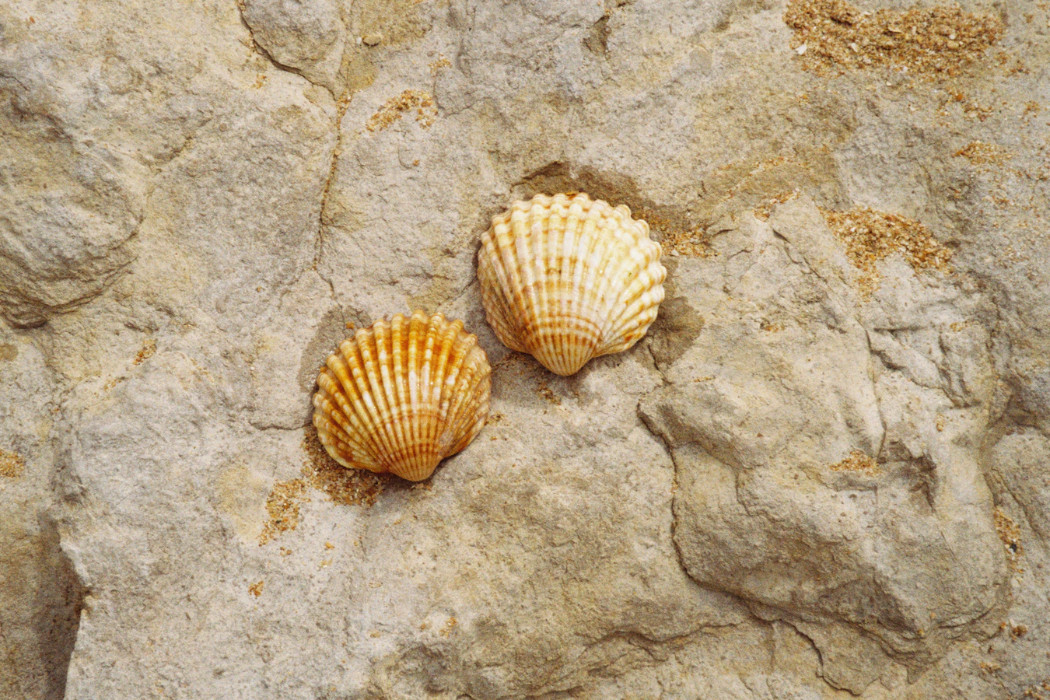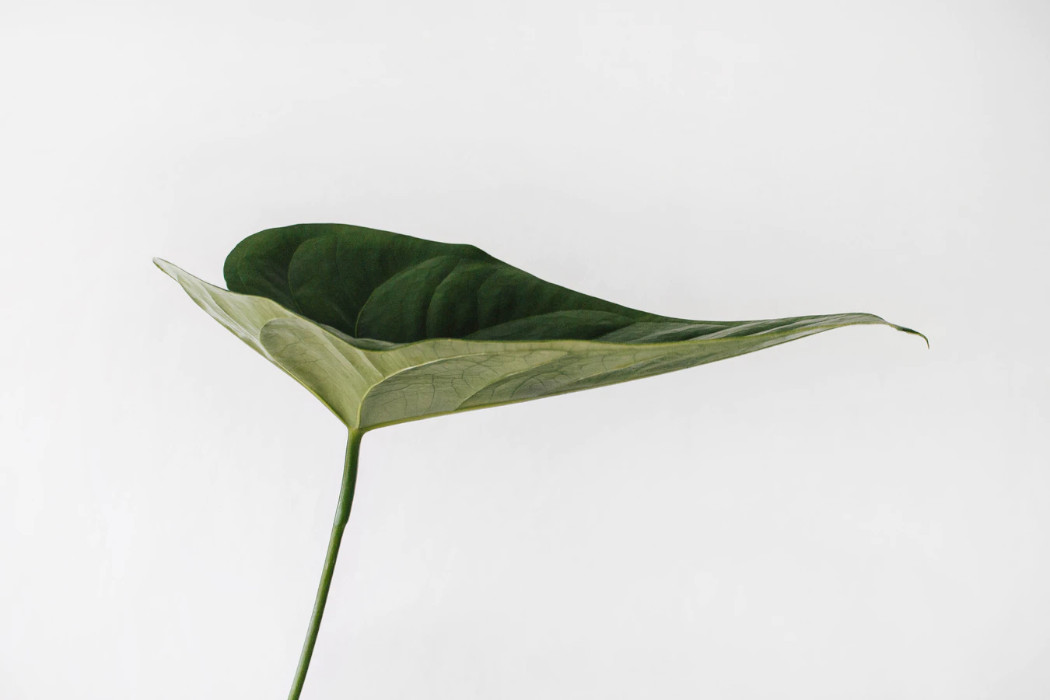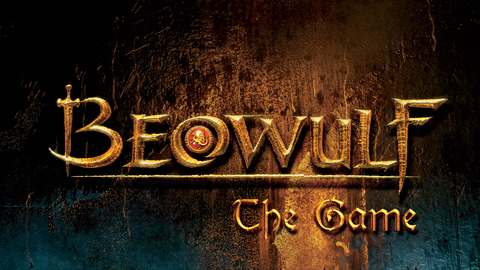Shelley left his poem The Triumph of Life unfinished, for he died in early July 1822. His centripetal motive was influenced by Petrarch’s poems called Trionfi. In Petrarch’s poems, as in Shelley’s, the word “triumph” takes up the Latin’ triumphus’ meaning the ceremonial dance and the entrance of a victorious Roman general into the city of ancient Rome in a procession that included the political and war prisoners. The influence of the poem traces its roots in Dante’s Divine Comedy. The influence is seen not only seen in its verse form of ‘Terza rima’ (A ‘Terza rima’ consists of stanzas of three lines, usually in iambic pentameter- it follows an interlocking rhyming scheme or chain rhyme) but also in the overall thematic conception, the narrative structural details and in its exuberant style.
The Triumph of Life by Shelley Summary
Like Keats’ The Fall of Hyperion: A Dream which deals with a Dantean dream-vision where the poet contemplates that human history is nothing but a product of constant conflict, suffering, and defeat, Shelley, in this poem, offers an almost undiminished discourse of human frailty and its propensity for iniquity, however, both the poets had to leave lyrics poems unfinished for Death had conquered them early.
For Shelley, life is an optimistic journey. His sheer optimism penetrates through his glorious verses. His political ideology rested on the idea of freedom or all and all notions of crisis; however, political might arise from the human heart. All forces of evil are never exterior to man but reside within him. Thus, the source of inspiration for the poem is highly paradoxical. Its central idea rests on recognizing that all malcontent rests in the human heart and the triumph over it lies in its conquest through the showering of love and humane feelings. The triumph of foul by fair is like a victorious procession similar to returning the triumphant Roman hero after his conquest.
The theme of the poem is a typical exploration of the nature of being and reality, as Shelley had dissected in his lyrical play Prometheus Unbound. For Shelley, Life itself, the “painted veil” that clouds and eclipses the immortal spirit, is a more universal vanquisher than purity, chastity, divinity, Death, fame or time, and in a dreamscape, he sees this triumphal chariot pass “on the storm of its own rushing splendor,” over the imprisoned multitude of men entrapped by ignorance. In the final visionary reality, the natural larger life corrupts and triumphs over the auxiliary spirit. This is Shelley’s vision of the One that triumphs over both the individual and the universe.
In Shelley’s poem, the personas represented are the likes of Rousseau and Napoleon, Plato and Aristotle, the popes, the royalty and lesser fry belonging down the ladder of the hierarchical order, either chained to the chariot of Life or struck in a vortex about it, rushing ahead or left desolately behind. The chariot responsibly radiates a white blinding efflorescent light that is apparently sinister and cold. The persona on the chariot is aged, dark, and shadowy, representative more of Death than of Life.
The vision in the poem of the frenzied, dormant, or desperate prisoners in the procession called Life—the contorted character gallery includes all who never seem to have compromised in their spirit or ambition or dream with the passions, temptations, or the significances of the life of flesh and material. The presentation is bleak, and desolate but the darkness is visible and not undiminished. There are the “sacred few,” for example, among humanity who have not compromised at all. The “sacred few” are again divided into two classes: those who had died young and those who, having lived into older age, had resisted the corrupting classical influence of “earthly thrones or gems” (line 133). These few included Socrates and Jesus (“of Athens and Jerusalem”). In addition to the “mighty captives” described in lines 118–27, there are two other groups: the young men and women in front of the chariot which, in a frenzy of erotic ease, dance, couple, fall senseless, and are crushed, leaving as their only trace a sexual foam (lines 137–64); and then the old men and women at the rear of the procession, attempting impotently to catch up with the chariot and to imitate the young in their dance of drunkenness and revelry(lines 164–75).
Moreover, the band of “mighty captives” chained to Life’s chariot represents a spectral vista of relative merit, ranging from mighty villains to mighty heroes. And however though we lack the answer to the supreme existential question “then, what is Life?” pondered upon at the end of the fragment, Shelley does assure us that he did not depart from his former philosophy and allows some scope for the redeeming virtue of life- the Shelleyan dynamics where above all love resides as he says near the close of The Triumph of Life (lines 472–76), led Dante safely “from the lowest depths of Hell” through Purgatory to Heaven and back to earth. With Paradiso’s omniscient knowledge, one returns to Purgatcontinueon with his journey.
Intensifying the poetic stance, the poet himself offers an object of detachment. Observing the visionary glimpse, Shelley is tempted to join the stricken throng of the multitude himself. He is as if being urged on by the figure concerned. Shelley is performing the all-important and critical role like that of Virgil’s on Dante’s behalf in La Divina Commedia.
Self-knowledge is the virtue Life’s victims are devoid of, but Rousseau with his philosophy of ‘social contract’ comes near to expressing Shelley’s political idealism helping him to understand the barrier like metaphysical questions which underlie the present poem:
Thou wouldst forget thus vainly to deplore
Ills, which if ills, can find no cure from thee,
The thought of which no other sleep can quell
Nor other music blot from memory….
The subject of Shelley’s poem is solely concentric on human life and the myriad forms that influence and compete to give life its structure and meaning. Life, the poem’s personified subject and conqueror, is an eclipsed figure with absolutely no engagement with the effect she has on humanity. Seated in her horse-drawn chariot, Life is the epitome of social and political influences that control human life. The notion of Life’s triumph is intimately associated, as has been observed by several critics, with memory, sleep, Death, and a sense of inescapable renewal (related to literature, history, and imaginative power), all of which comingle spatially and syntactically in the poem. It has been observed that Shelley notably combines Petrarch’s six triumphs—Love, Chastity, Death, Fame, Time, and Eternity—into the narrative development of the poem by the employment of stylistic devices of symbols and metaphors.
“No other narrative poem quite matches in its opening the assurance of Shelley’s forty-line induction, as the sun springs forth like a bridegroom coming out of his chamber, to be greeted with the quiet ceremonies of natural worship by the revolving world, to whom it brings light, heat, and joyous reawakening—to all except the poet, who composes himself to sleep as the world awakes, to undergo, in the transparent darkness of a trance, the crisis of his vision. And the promise of this extraordinary opening is fulfilled in the unflagging narrative drive and in the ease and precision of language of the rest of the poem, which expresses an elan even in its grimmest passages. The Triumph of Life sounds like the voice, not of a defeated poet, but of a poet who, just attaining the height of his powers, was making a masterful new beginning,” says Donald H. Reiman.
Some online learning platforms provide certifications, while others are designed to simply grow your skills in your personal and professional life. Including Masterclass and Coursera, here are our recommendations for the best online learning platforms you can sign up for today.
The 7 Best Online Learning Platforms of 2022
- Best Overall: Coursera
- Best for Niche Topics: Udemy
- Best for Creative Fields: Skillshare
- Best for Celebrity Lessons: MasterClass
- Best for STEM: EdX
- Best for Career Building: Udacity
- Best for Data Learning: Pluralsight
















